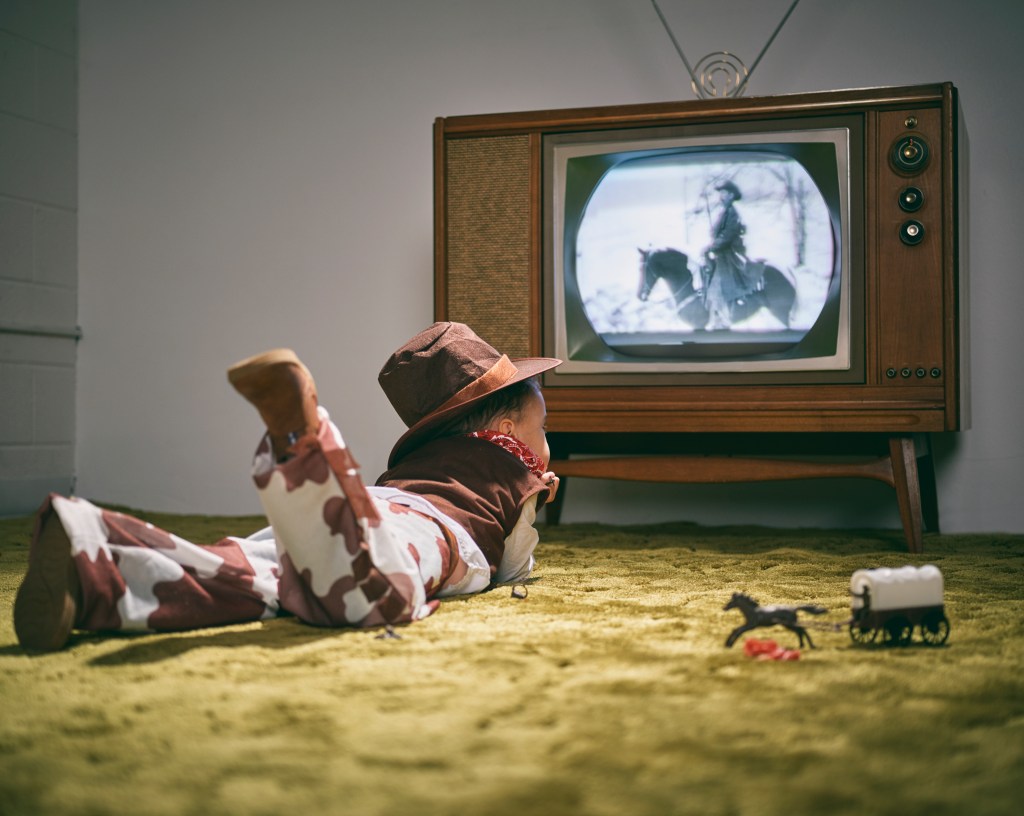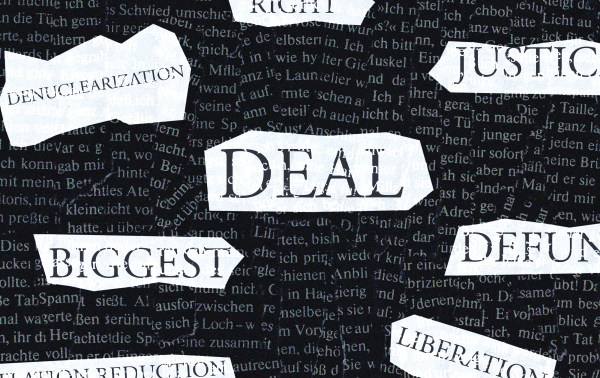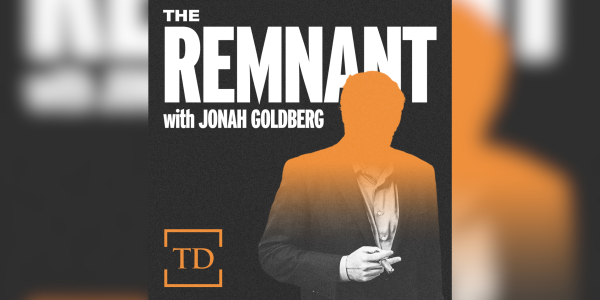I’m pressed for time, but I have an idea I want to explore with you. In the old days I used to do this a lot in blog posts. I’d float a provisional idea and then let the readers help me think it through. But since Steve Hayes is an enemy of good things, we still can’t have a group blog here. However, this “news”letter is like Holy Ground in The Highlander movies or Notre Dame in the Hunchback of Notre Dame, so no one can touch me here. So I’m just going to float an idea and see what you good people think about it.
Almost all of popular American culture is in fact a mosaic of subcultures, a balkanized landscape of niche genres and tastes. This is not a new insight of course. Cable news, the internet, social media, gaming, etc. have led to the balkanization of American culture, or so the story goes. That’s a story I agree with, for the most part.
But it’s also not my point. My point is that it has been ever thus—mostly.
For instance, John Wayne is often described as an American archetype, mostly because of his stints as Hollywood’s most iconic cowboy. The cowboy is definitely a powerfully American character, archetype, or whatever word we’re supposed to use. But most Americans weren’t cowboys. Indeed, from what I can tell, during the golden age of the cowboy, there were probably no more than 35,000 to 40,000 of them—and nearly half of them were black or Mexican. The vast majority of Americans never laid eyes on any of them. One of the funny things about the TV show Yellowstone is how much it leans into the idea that cowboying is a calling most people are not cut out for. All I’m saying is, it’s fine to say that the cowboy is a quintessentially American character (even though, yes, other countries have cowboys too), but the cowboy life is a subculture.
The rebel-without-a-cause archetype is another classically American figure. It has antecedents going back to Byron’s Childe Harold or James Fenimore Cooper’s Natty Bumppo (who was also a precursor of the cowboy) and you can find elements in Humphrey Bogart’s Sam Spade and a bunch of other characters. The archetype really came into its own with James Dean in the coincidentally named Rebel Without a Cause. But leather-jacket-wearing bikers are a subculture, too. The Wild Bunch and Sons of Anarchy really lean into that fact. Even the appeal of the Fonz in Happy Days stems from the fact that he’s an outsider amid the normies. In Rumble Fish, (pre-facial transformation) Mickey Rourke plays Motorcycle Boy and captures the mystique of these Byronic heroes really well (or at least I thought so when I was I kid). I can still remember a great line where Rourke is described as “royalty in exile.” The point being, they all come from outside the mainstream culture.
I could go on. Okay, I will, but briefly. The hard-bitten cop or the ensemble police procedural are both about American subcultures. Mob movies and TV shows? 100 percent subculture. The Sopranos may be a transgressive dark comedy about bourgeois suburban life, but it’s interesting because it’s a subculture. Indeed, the Italian mob oeuvre is so popular that a lot of Italians get pretty pissed that it eclipses so much that is great—but not mobbed-up—about Italian culture, and some Jews get bizarrely pissed that they’re underrepresented in the story of American organized crime. Jazz, hip-hop, rock ’n’ roll: These are all the products of subcultures, heavily black, that got taken up by the majority culture. It wasn’t cultural appropriation—among the dumbest of concepts—but cultural appreciation.
In Suicide of the West, I argued that “shared culture” is a better term than “popular culture,” because popular culture still has a vestigial connotation of class differences. But what we call popular culture has almost little to do with economic class anymore. Rich people and poor people have seen Star Wars, Jaws, The Godfather, and American Idol. Sports, which are part of popular culture, are one of the last unifying pastimes across class, ethnic, and regional lines. When I hung out at my cigar shop (before it tragically closed), I would marvel at how sports talk was a lingua franca for people from widely diverse backgrounds.
What we call high culture does have some salience to class, but even there I’d bet that economic class is less important than other forms of cultural sorting, like age or education. There’s no doubt plenty of rich people who couldn’t tell you much about Brahms or ballet, while there are probably a lot of people of comparatively modest means who could tell you plenty. Survey the audience of a regional performance of a philharmonic orchestra or Shakespeare troupe and I suspect you’ll find more retired college professors and other upper middle-class types than private equity bros.
The ’50s and all that.
What I am getting at is that a lot of people think about this stuff wrong. On the right, there are a lot of people who lament that we’ve lost a common culture. I agree with that to a considerable degree. But they often point to the popular culture of a bygone era as if that popular culture reflected the common culture. On the left, there’s a lot of scorn for the old popular culture because it was supposedly a tool of the Man deployed to impose conformity to an Ozzie and Harriet lifestyle. Both critiques have large elements of truth, but they miss the point that a lot of that 1950s suburbia stuff was a kind of subculture, too. It was an aspirational and relatively novel subculture. 1950 was the first year in which a majority of Americans owned a home. In the beginning of the 1950s, only about a quarter of Americans lived in the suburbs—about the same proportion as Americans who lacked indoor plumbing. The nuclear family wasn’t a recent invention, as some feminists claim, but it was fairly new as a major culture benchmark and norm.
I don’t have the time or space to do a big debunking of the nostalgia and dystalgia (it’s sort of a word, meaning an overly negative view of the past) about the 1950s, but suffice it to say it was neither as great nor as terrible as some claim. But it was a time of remarkable economic growth, enjoyed by a recently victorious nation imbued with a new unifying sense of mission as a superpower (or at least elites broadly saw it that way). That’s where the sense of America’s once homogenous culture comes from. Some culture warriors who think popular culture is much more important and powerful than it is think that the alleged sense of national unity was enforced by Hollywood and Madison Avenue.
Sure, maybe, a little.
But you know what had a much, much more powerful homogenizing effect? A decade of the New Deal and half-decade of World War II. For nearly 20 years, Americans were pushed, nudged, exhorted, and sometimes literally forced into a regimented society that took its orders from big institutions and the central government. When they came out the other side of all that, it shouldn’t be surprising that they had a lot of shared attitudes and common desires for a good, peaceful, and prosperous life. Nor should it be surprising that they liked a popular culture about navigating the mostly benign, but also novel and confusing, world of suburban life.
Spend a big chunk of your formative years desperate for work, or working in a factory, or sleeping in a foxhole: You might want some boring normalcy and conformity, too. And it shouldn’t be shocking that Hollywood and Madison Avenue catered to that. And in the case of Madison Avenue, let’s be honest, wouldn’t you want to target audiences with rising amounts of disposable income rather than those left behind? Lots of people in Appalachia still lived like the Clampetts, and many others had cultural memories of what it was once like to live like the Clampetts, but they only wanted to see that subculture when the Clampetts are dumped in Beverly Hills.
However much you think the lived culture or the popular/shared culture of the 1950s was homogenous, that homogeneity was pretty unusual—and it was short-lived. By the 1960s, Dragnet gave way to Mod Squad, Ozzie and Harriet went dark and Love, American Style emerged.
I’m sure I am missing things as I think out loud—or think as I type—but I think there’s an important point lurking in here. The forces of nostalgia crave a past that never was while the champions of, what “diversity,” “transgression,” “non-conformity,” fear “going back” to a past that may have existed in some concrete ways (Jim Crow was evil and real), but it wasn’t as culturally monolithic as they think. The past was full of good and bad, because human existence is full of good and bad. The 1950s produced Ozzie and Harriet and Rebel Without a Cause, Father Knows Best and The Wild One. God and Man at Yale came out in 1951 and National Review was launched in 1955. That same year, Allen Ginsberg first performed “Howl” and Jack Kerouac (a National Review subscriber) published On The Road two years later. The Korean War, a flu epidemic, a couple of recessions, the civil rights movement, McCarthyism: the 1950s were never a placid monoculture, for good or ill.
You know why? Because America has never had a monoculture. When everybody watched or listened to the same stuff—which is of course an exaggeration but you get the point—the shared culture was full of stories and portraits of subcultures.
Which brings me back to my original provisional point: American popular culture is about subcultures. The exceptions are the things that take us out of our culture entirely like science fiction and, well, cartoons.
My friend Chris Stirewalt has a theory that perhaps the most representative American cultural figure isn’t John Wayne, but Bugs Bunny. Bugs is, he texted me a couple hours ago, “wry, skeptical of authority, and wily”—and so are Americans. But because he was a cartoon rabbit, he appealed to nearly everyone (particularly when he ditched some of his early bigotry) and everyone knew who he was because we had the same shared culture.
Anyway, that’s the idea. I’m open to being wrong in whole or in part. But at least it’s out of my head. And, if you disagree, I won’t invoke Bugs and say, “Of course you know, this means war.”










Please note that we at The Dispatch hold ourselves, our work, and our commenters to a higher standard than other places on the internet. We welcome comments that foster genuine debate or discussion—including comments critical of us or our work—but responses that include ad hominem attacks on fellow Dispatch members or are intended to stoke fear and anger may be moderated.
With your membership, you only have the ability to comment on The Morning Dispatch articles. Consider upgrading to join the conversation everywhere.